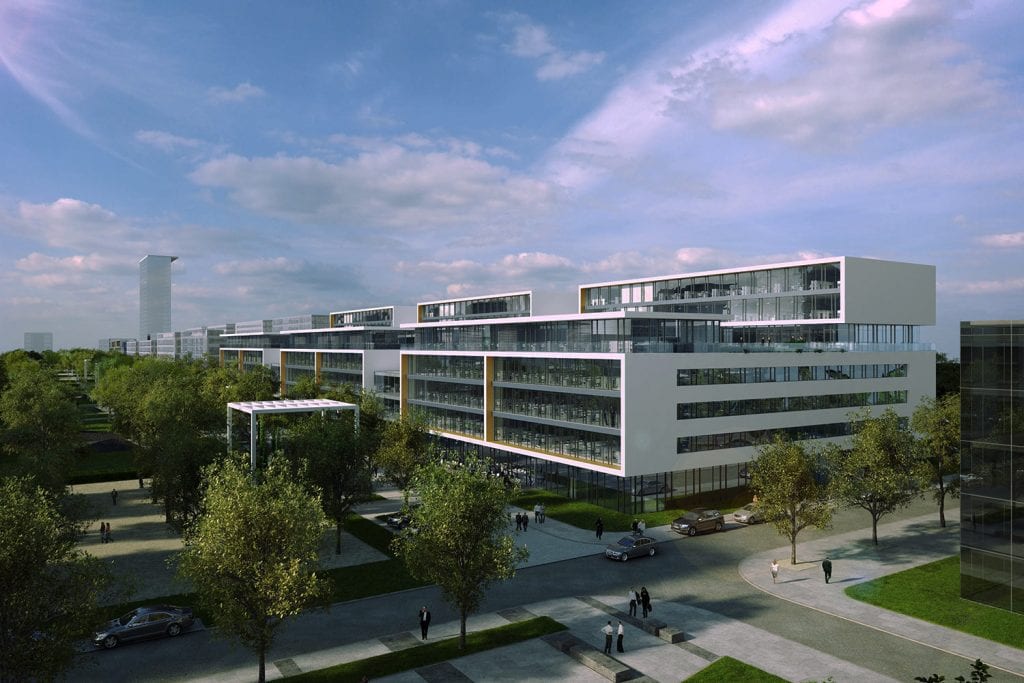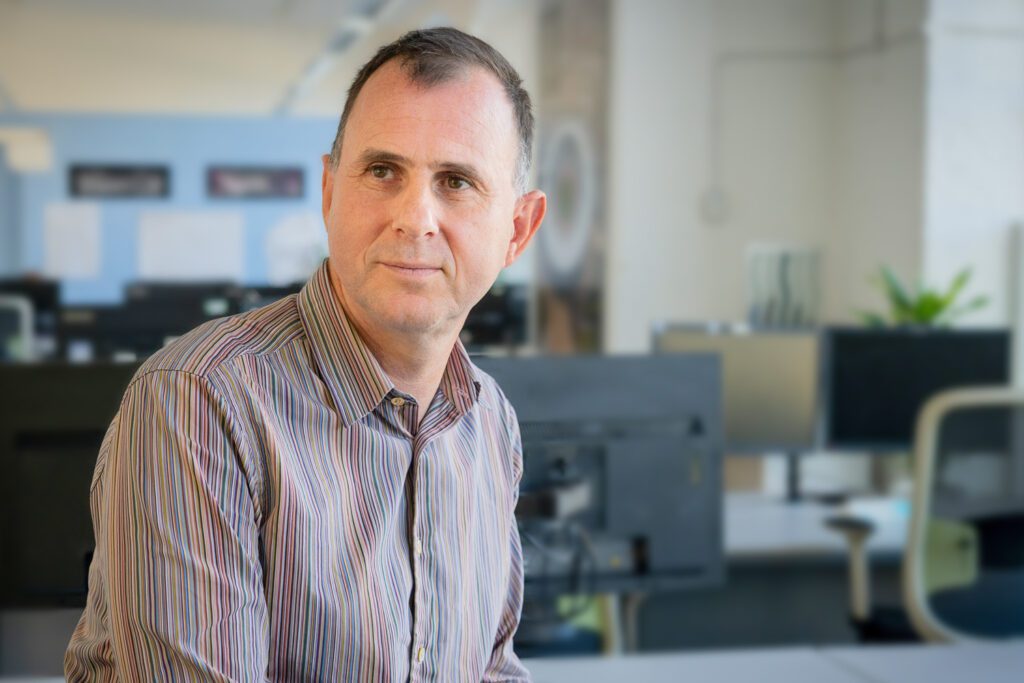When will the digital era start for the built environment?
Buro Happold has made a significant contribution to a newly published white paper by the Institution of Engineering and Technology (IET).
Entitled “Good Data for the Public Good”, this report summarises the importance of harnessing data to deliver societal and material benefits – it was conceived to challenge the role of stakeholders regarding design and construction in a data-rich society.
In light of this thought-provoking publication, it feels timely to consider the journey that our industry still needs to make in truly mobilising data to improve outcomes throughout the built environment.
Buro Happold has embraced a data-driven design approach for many years. This creative software engineering mindset enables our people to work more effectively in using data insights to help meet client vision. Capabilities such as Analytics – which empowers our clients to optimise design and operation of their facilities – and improving workplace wellbeing to heighten employee productivity are underpinned by our practice’s innovative digital culture.
Buro Happold’s Digital Twin Service Offering
Despite the fact that data has never been more abundant, it seems that, so far, very little has changed in the world that we inhabit. This could reasonably be viewed as surprising, given how the built environment has tended to evolve.
Take London, for example. The skyline was revolutionised by the light bulb, which served to make space usable at any time; steel transformed the city’s silhouette, allowing Canary Wharf and the Cheesegrater – the Leadenhall Building, to use its official name – to reach incredible heights. Before lights or steel, London was a flat and murky city. If we go back to before the car was invented, the streets were pungent with tons of horse manure into the bargain. The knock-on effects of technological progress tend to be embodied in our surroundings quite profoundly. Now, though, equipped with silicon – the most powerful technology of all – we have yet to notice a leap forward.
Here is the thing – to shift industry norms we are going to have to be bold and ambitious in affecting a wholesale transformation of our approach to data. As it stands, there is just too little data available to meaningfully inform design at scale. So why is this important? First, because we are under-delivering against our purpose. Yes, we shape the built environment to protect ourselves and to create great spaces to live, work, rest and play. However, at the moment our focus is firmly on the buildings – the tangible.
Traditionally, the utility or the experience that buildings provide –– the intangible – have not been quantified for consideration. Yet today, in a more sophisticated data environment, the intangible becomes measurable. Consequently, we should be able to design for intangible goals such as educational performance, enhanced experience for sports fans or even a better night’s sleep. Buro Happold Partner Wolf Mangelsdorf – an irrepressible data enthusiast – calls this “designing for performative outcomes”. It must become mandatory.

Secondly, data is key to dealing with the climate emergency. This is not a “nice to have” – we must arrest global consumption and underperformance of space. Intelligent use of shared data will allow the industry to do much more with less square footage, driving down carbon in both embodied and emission form.
Realising these ambitions will require us to break the linkage between the tangible and the intangible. The key to clearing this hurdle is data, which will tell us when the experience is positive and feed back to designers that the product performs. In an “atomised” industry, where each firm or practice produces a very small number of products, this will necessitate radical mutualisation of data for us all to learn from and use to advance.
Crucially, the built environment is about to become conscious. While that might sound like the inciting plot point from Terminator 2, I can assure you that there is no cause for alarm – rather, the proliferation of 5G is going to supercharge the data landscape due to improvements in bandwidth, density and cost. However, while the tools to democratise data are within reach, it is the collective attitude that will determine success.
At Buro Happold, we are committed to applying our expertise and advocacy to using data for the public good in this way.
Alain Waha, Global BIM Consultant at Buro Happold
Make no mistake – we are the generation that is being gifted this technology to change the world.









